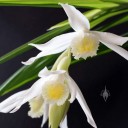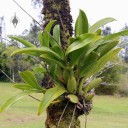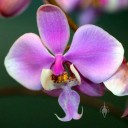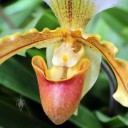Lady’s Slipper Construction Alert
Posted June 18th, 2013 by Marc CohenCategories: Conservation, Cool Growers, In the News
Minnesota’s Bemidji Pioneer reports on efforts to save native Lady’s Slippers from destruction. It’s a lot of work on behalf of a beautiful pink, white, and yellow orchid. Cypripedium reginae, or the Showy Lady’s Slipper, has been Minnesota’s state flower for over a century. Construction on Beltrami County Highway 39 could destroy the rare orchids growing near the road. The plants flourish along a stretch known as the Lady Slipper Scenic Byway. To save them, experts are digging up the plants, and keeping them in a temporary nursery. When construction is done, they replant them alongside the roadway. One section of highway has already been completed, and the orchids restored. Construction is expected to continue through 2016. This rescue effort is being coordinated by several state agencies, conservationists, and the Chippewa National Forest. To help, local residents can volunteer, and anyone can Adopt a Lady’s Slipper.
For more detailed info on the Showy Lady’s Slipper, check out BotanyBoy.org.
































